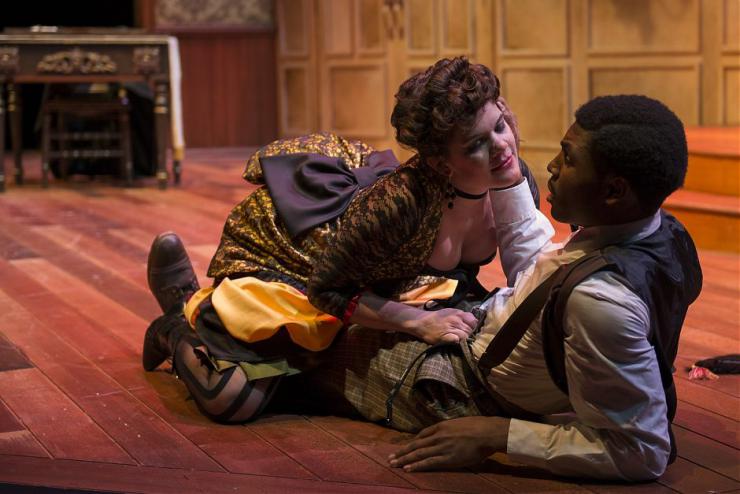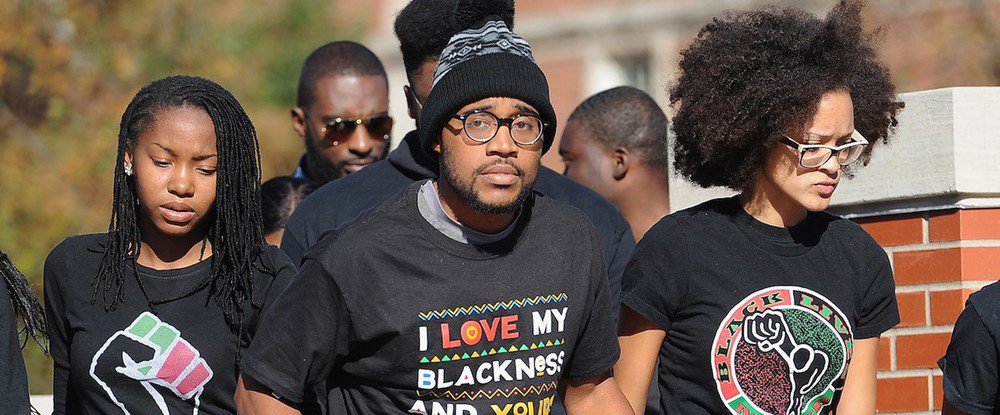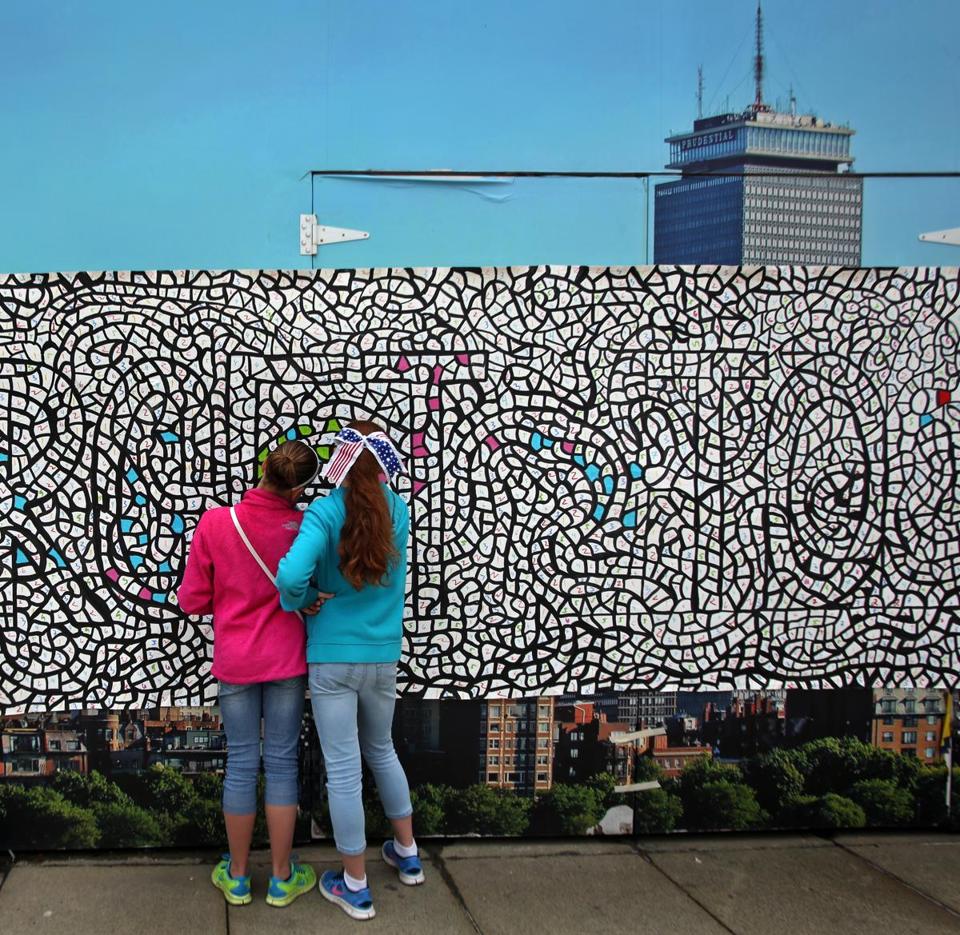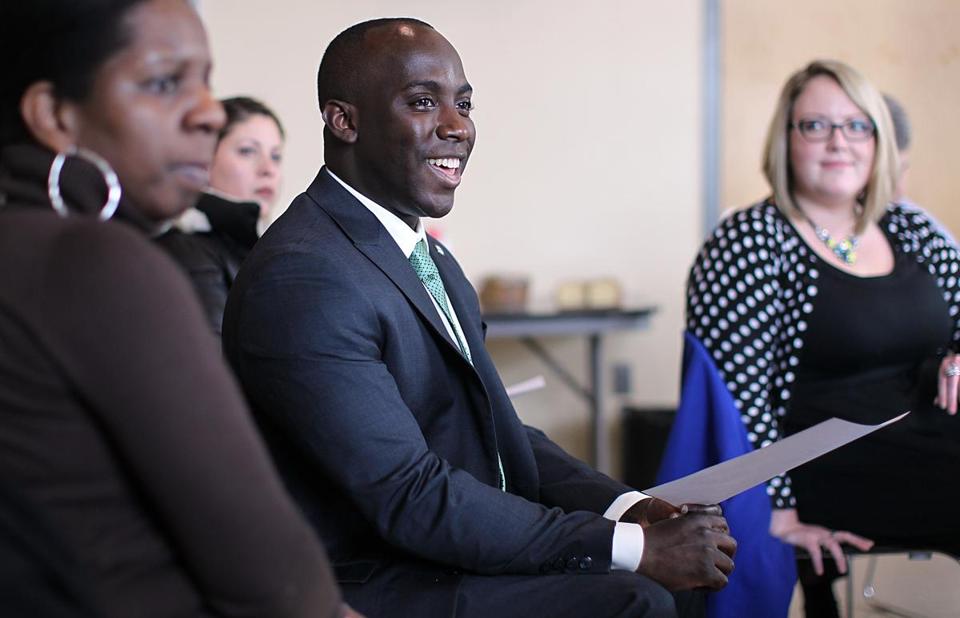Link Roundups feature articles and bits of internet goodness that our dramaturgy team digs up. If you find something you want to send our way, drop us a line on Facebook or Twitter!
♦♦♦♦♦
Boston has plans to make the city more fun via the Late Night Task Force, as reported by The Atlantic’s CityLab:
Good times are good for good’s sake, but there’s a powerful economic argument behind the mayor’s push, too. An example: a report from the San Francisco Office of the Controller found that nightlife generated $4.2 billion in spending in 2010. Though most of the people who enjoy that city’s restaurants, bars, and music venues are local, more than half of that $4.2 billion comes from visitors’ wallets. A 2004 report commissioned by the New York Nightlife Association found that clubs and bars alone generate $9.7 billion annually for the city. The research data firm IBISWorld estimates that American bars and nightclubs took in $26 billion in 2015. Good times are also big business.
♦♦♦♦♦
American Theatre has a story about playwrights working for TV and film:
For the bulk of my life, “TV writer” has been a gentle euphemism for “failed playwright.” A serious theatre person would barely admit to having a television, much less watching one. Those days are long gone. Now if you tell people that you haven’t seen “Breaking Bad” or “Mad Men,” it’s a kind of moral failing, an indication of poor character. Not watching the right television has become the mark of the philistine. And TV has largely claimed the center of popular culture, supplanting even film. If you go out on the street right now and ask people what movie they think should win the Oscar, you’re likely to get shrugs and vacant stares. Ask them what happened to Jon Snow on “Game of Thrones” or what the ending of “Mad Men” meant, and you’ll get a discourse on Internet conspiracy theories, spoilers, and deceptive camera angles. Ask them what will win the Tony and—well, they’ll probably say Hamilton. It’s the only Broadway show everyone knows about.







